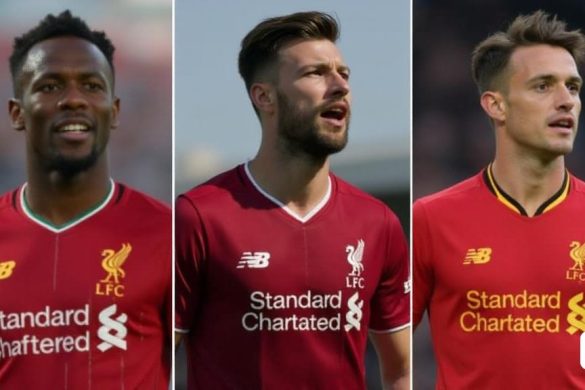The recognition of unique specimens
Recently, four trees that have witnessed the passage of time in the Historical Botanical Garden of Montjuïc have obtained the distinction of monumental trees. Among these specimens are a false banana tree, a American red ash, a narrow leaf ash and a winged walnut walnut, all of them with an impressive height that can reach up to 30 meters. This recognition emphasizes the ecological and cultural importance of these trees, which have adapted perfectly to the environment around them.
An exceptional natural environment
According to Jaume Pàmies, a technician specializing in living plants collections, the environmental conditions of the garden have been central to the growth of these trees. Located in an old Pedrera hole, these trees have found an ideal microclimate, with higher moisture and temperatures cooler than those recorded in other parts of Montjuïc. This peculiarity has allowed them to bloom and prosper even in periods of severe drought.
Adaptation and diversity
Of the four recognized trees, only one, the narrow -leaf ash, is native to the region, while the other three are of species that normally prosper in colder climates. This raises issues on its survival capacity in an urban environment like Barcelona, which is warmer and more sunny.
The history of the botanical garden
Opened in 1930, the Historical Botanical Garden of Montjuïc was born with the aim of showing the biodiversity of different regions, including the Iberian Peninsula, the Balearic Islands and North Africa. The way monumental trees have come here, either through cuttings or seeds, reflects the exchange of knowledge and resources between botanists, a process that is still in force today.
Extension of the Protection Catalog
The Government of Catalonia has recently updated the catalog of monumental trees, incorporating 24 new specimens, which add to more than 200 already protected trees. This initiative not only seeks to preserve natural heritage, it also includes a diversity of species such as pines, oaks and wild cherry trees, which can be found in several regions of Catalonia.
The importance of conservation
With Osona, La Selva and Alt Empordà as the counties with the most monumental trees, this protection is vital to guarantee the survival of these species and their role in the ecosystem. The conservation of these trees not only contributes to the cultural heritage, but also helps to maintain environmental balance in urban areas.
Final reflections on the future
The recognition of the Monumental Trees of Montjuïc emphasizes the importance of preserving our natural resources and of protecting biodiversity in a world that changes rapidly. As we go, it is essential that we continue to value and protect these living testimonies of nature, which not only beautify our environment, but also connect us with the history and culture of our land.




